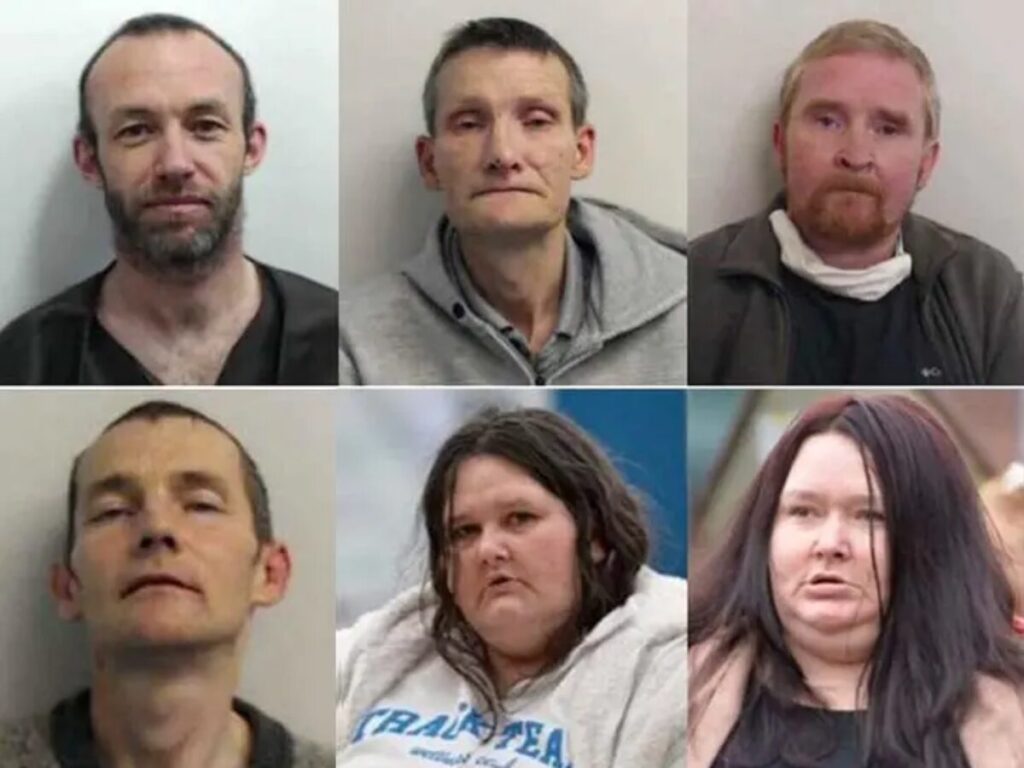TW: SA, child abuse
Over the last decade, public discourse around ‘grooming gangs’ in the UK media has proliferated significantly. Abhorrent high-profile cases such as the Rochdale, Rotherham, Huddersfield and Telford cases have fueled culture wars online. The fires of old debates on race, immigration, and who deserves a place in Britain have been stoked up by media reporting, particularly on social media. These cases of child sexual abuse have become political weapons not just online, but in Westminster, manipulated to bolster anti-immigration and anti-multiculturalism rhetoric. Amidst rampant misinformation and inflammatory stereotypes, two essential truths have been completely lost. One exposes the lack of data we really have on the background of perpetrators. More importantly, we must ask, where are the victims in all of this? What we’ve lost in the vitriolic culture wars, is the root of the story. That is, how have we reached a point where local and national authorities are failing to adequately intervene, prosecute and prevent child sexual abuse? If there’s one thing we’ve learnt from these cases, it’s that more nuance is required when talking about these issues, and future solutions need to be evidence-backed.
Media reporting
On the 27th of January, five men and two women were sentenced in Glasgow to a life sentence for their involvement in child sex trafficking. They were all white. You might have missed this story because the language used was not “grooming gang” but “child sex trafficking ring”. What’s the difference? Well, the term “grooming gang” has become a term which is heavily racialised. The term “grooming” gained a greater currency online after 2011, when the Times published a piece on the on-street grooming of children, specifically highlighting the role of Asian men. Since then, reporting on “grooming gangs” has reinforced an imagined idea of “grooming” as predominately perpetrated by non-white men. And, if you haven’t picked up on this bias, here’s a little thought experiment. Using the example of the Glasgow perpetrators, it is hard to imagine it being reported as “Britain’s white grooming gangs scandal laid bare”. Yet, the Daily Mail has published headlines such as “Britain’s Asian grooming gangs scandal laid bare”. We rarely foreground the race of the perpetrator if they are white, and we are much less likely to use the term “grooming gang”.
So, why is this all important? Well, if you search for “grooming gangs”, cases involving Asian and Pakistani men will appear first and, for the cases of white perpetrators, their ethnicity is not usually reported on. This bias has contributed to a false assumption that non-white men are responsible for the majority of child sex abuse cases. As the data currently stands, this is factually inaccurate. White British people make up 83% of the population, and 88% of perpetrators in child sex abuse cases. Pakistanis make up 2% of the population and 2% of cases. Every single case of child sexual abuse is unthinkably abhorrent, and every single perpetrator should see their crimes punished, regardless of their background. But to say that this is a problem caused because of the presence of ethnic minorities in Britain is dangerous and factually inaccurate. And, if we really are to solve such a prevalent issue right now, ‘race’ is not the starting point for solutions. Collecting evidence, implementing greater safeguarding measures and funding local and national authorities to tackle child sexual violence are the starting points. We must resist confusing single cases with broader trends and remember that child sexual abuse is not confined to one ethnicity.
The issue of data
The issue of child sex abuse, as with any crime, must be handled with sensitivity, nuance and most importantly, up-to-date data to prevent such sweeping stereotypes. This also helps to prevent the conflation of singular high-profile cases with broader trends. However, part of the problem is that that data is just not good enough as it stands. The last major government investigation into the characteristics of perpetrators was in 2022, and despite the Tackling Child Sexual Abuse Strategy (2012) claiming to increase greater data collection on the issue, we are yet to see this come to fruition.
Where are the victims?
Fundamentally, what gets lost in the noise of culture wars and racial politics is the truth about the nature of sexual abuse in the UK. Sexual and domestic abuse are not confined to any one group. Anyone can be a victim and anyone can be a perpetrator. Child sexual abuse is still incredibly prevalent; the NSPCC January 2025 report found that 1 in every 20 children is a victim. That’s at least one student in every classroom. We all have a responsibility as individuals to keep informed and encourage evidence-based solutions to protect children, some of the most vulnerable individuals in society. Engaging in misinformed racial stereotypes, or bitter culture wars, is never the solution.
